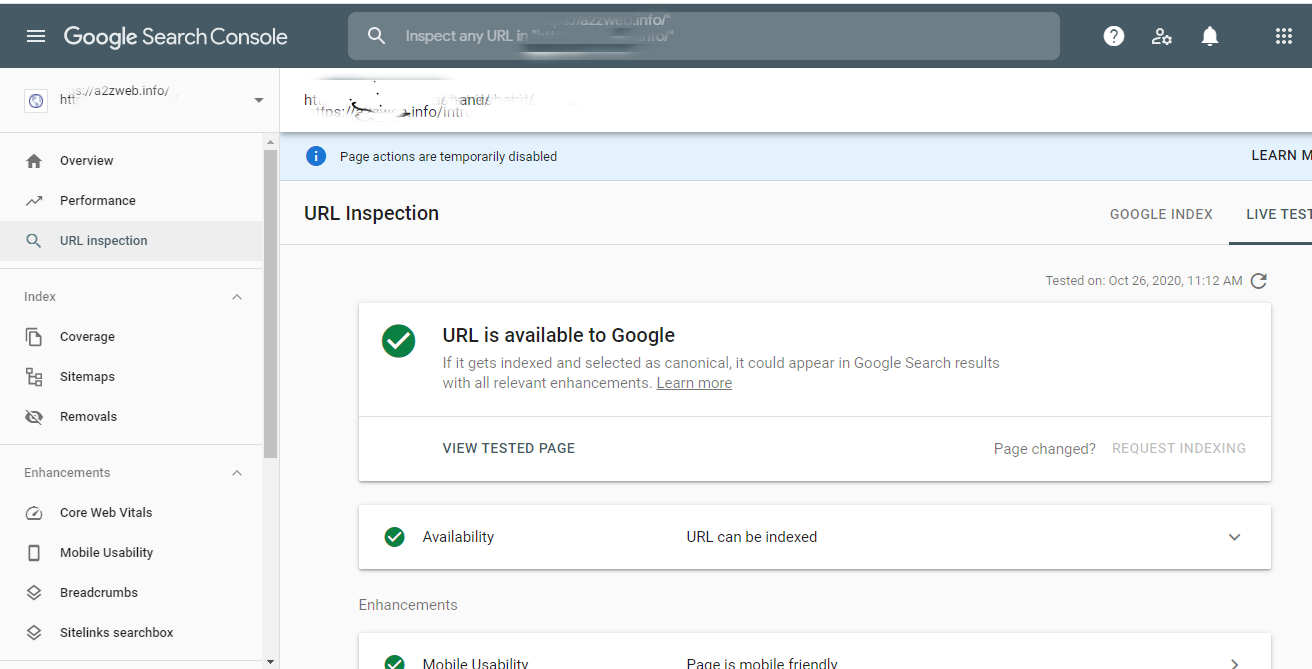Easy Guide to How to Submit Your Website to Search Engines - BOSS SOLUTION
October 26, 2020

If search engines do not know that your page or website exists, your chances of ranking are not only highly improbable; they are impossible. But here’s the central argument: it takes time for search engines to discover (and index) new websites.
This means that if you Google your website created two days ago, you will probably end up disappointed. In fact, nine (9) times out of ten (10), you won’t find anything.
However, even a couple of weeks after your site is “live,” you may still not see your website on Google, Bing, and Yahoo,�which have a combined ~ 96% market share.�
But, first of all, you might be wondering if any of them are�
Do you really have to submit your website to search engines?�
Google and other search engines have not been configured to rely on manual submissions. That’s why the web is raster.�
Not familiar with monitoring, oh yeah? It’s when search engines scan for new website links and then “follow” them. If a newly discovered connection leads to something useful, the page will be added to your index.�
Matt Cutts discusses more about monitoring and how it works inthis video.�
It is also suggested that Google is looking at several other data sources, such as Chrome usage�
metrics and domain appropriate documentation to help in its constant quest for new websites and web pages.
NOTE TO THE MARGIN.
The SEO’s so sometimes a little paranoid about such things, leading to studies like�this.��
In short, this means that search engines are pretty good at discovering new websites and web pages on their own, as long as they are linked from somewhere on the web.
Why should you still submit your site to search engines?
These are just a few reasons why manual submits are still important:
- Better safe than sorry.�Let’s face it; search engines are likely to be able to locate your website, regardless of whether or not you want to send it manually. But is it “probably” good enough, though? I say it just takes a minute or two to apply your website. Then why do you change it?
- Search engines can’t figure out everything thanks to crawling. By�uploading�your�website�using�the�methods�listed�below,�you�would�have�the�ability�to�provide�valuable�information�about�your�website�to�Google�and�Bing.�For�example,�you�can�tell�them�how�relevant�each�of�your�page.
They couldn’t get this information from tracking alone.
- Help improve your website. Google and Bing each give you some ideas on how your website looks in their respective “admin panels” (�more on that later! ). They also have several tools to test your web pages, and they even alert you if there are potential problems or errors on your site.
Keep in mind that submitting your website for indexing in Google and getting it is only part of the battle.The�major�challenge�always�lies�in�the�ranking�of�your�preferred�keyword�phrases.
Don’t worry, though, and we’ve included some tips on how to do this in this article.
But let’s not get ahead of ourselves.
How to submit your website to Google
It is very easy to submit websites to Google (and other search engines).
Google�discontinued its URL submission tool in July 2018. Now, the only way to present your website is by adding your�sitemap in�Search Console.��
What is a sitemap? It is a file located in the webroot directory that lists all the pages of a website. It is most commonly an XML file and looks something like this:

This unique sitemap lists all the blog posts in one’s personal website. Your sitemap is normally found on your.com/sitemap.xml domain. If you don’t see it there, check the robots.txt file by visiting�yourdomain.com/robots.txt ; this will usually show the URL of the sitemap.

An example of a sitemap URL that appears in a robots.txt file.
Did you find your sitemap? Well. Now you have to submit it through�Search Console.�
Search Console> select the property> Sitemaps> paste the URL of your sitemap> press “submit” (submit)



NOTE TO THE MARGIN.
You must have added and verified your website in your�Google Search Console to complete this. If you haven’t done so already, follow�this tutorial and then come back again to this guideline.���
For those with various sitemaps (this may be the process when you are using a plugin like�Yoast SEO or if you have a large site), just repeat the above process.�
What will occur if I just want to submit an individual web page to Google?
To do this, paste the URL into the URL Inspector Tool in Google Search Console.
If Google hasn’t indexed the page yet, you’ll see the ” URL is not in Google” warning. Click the “Request Indexing” switch button to request that Google crawl and index your page.

You can also do the process for the URLs that are already indexed.

This is a good practice if you have recently updated or republished any content and want Google to crawl the page again to index those changes.
© 2023 Copyright, All Right Reserved, by BOSS SOLUTION






